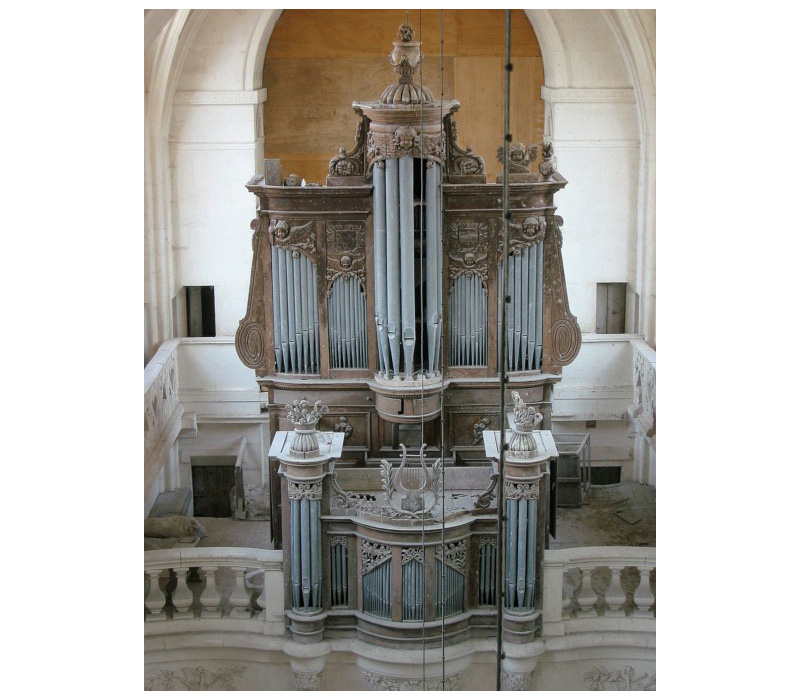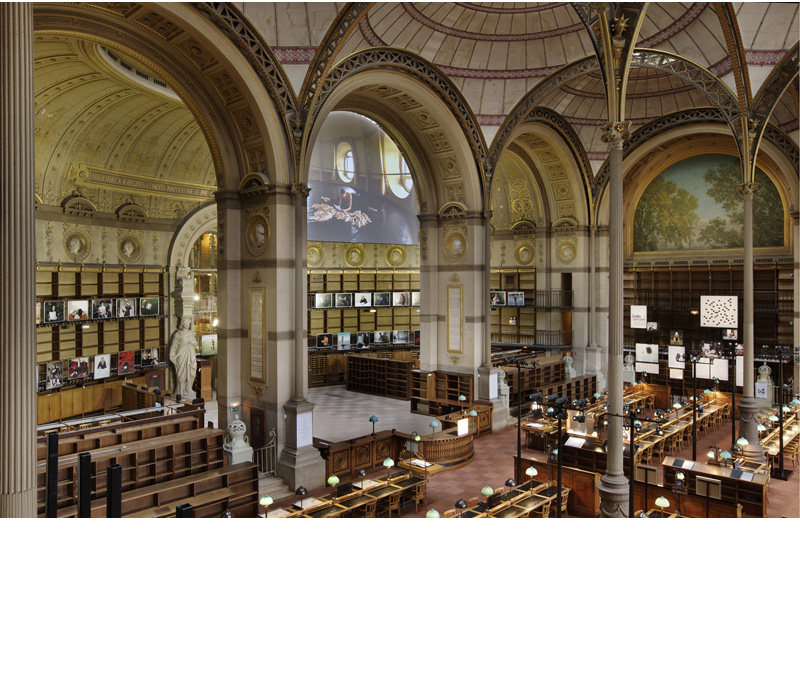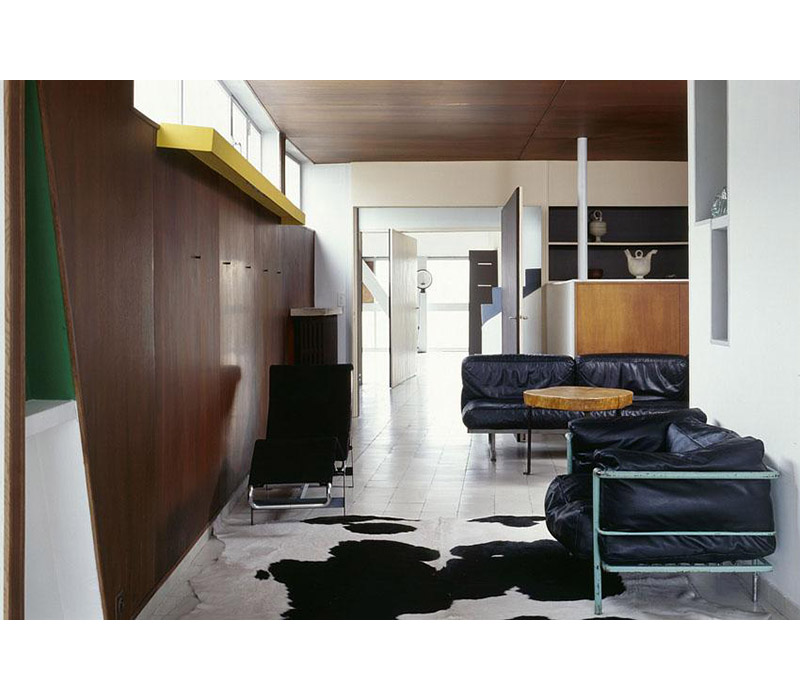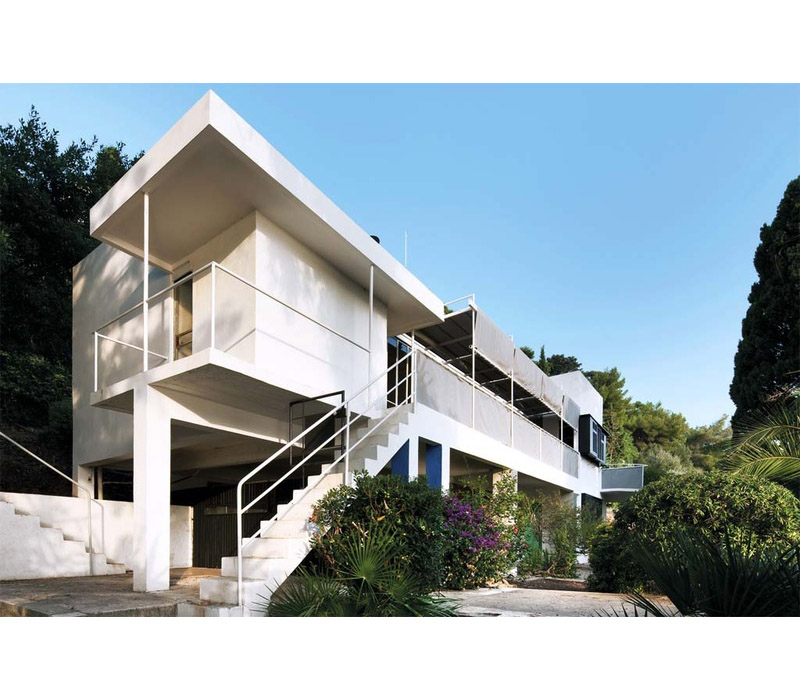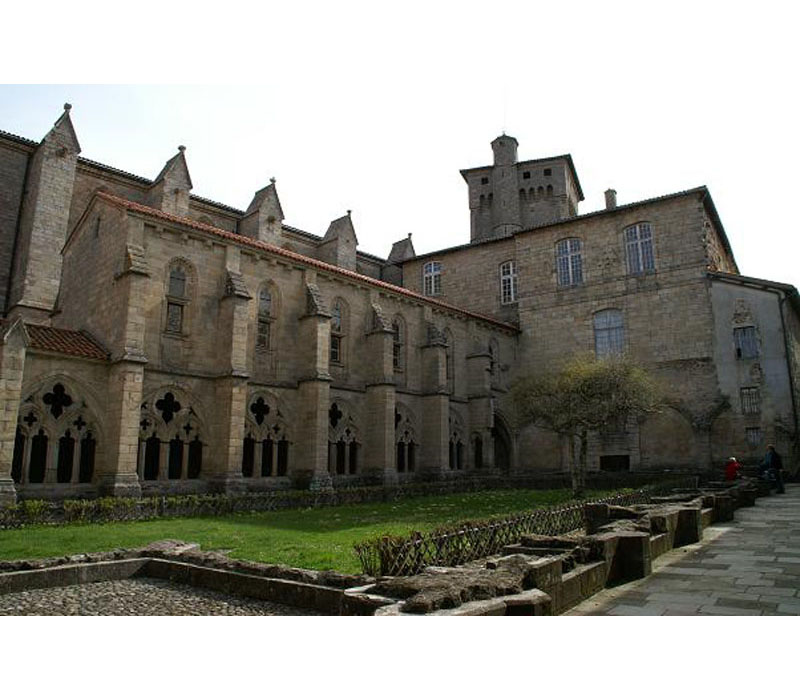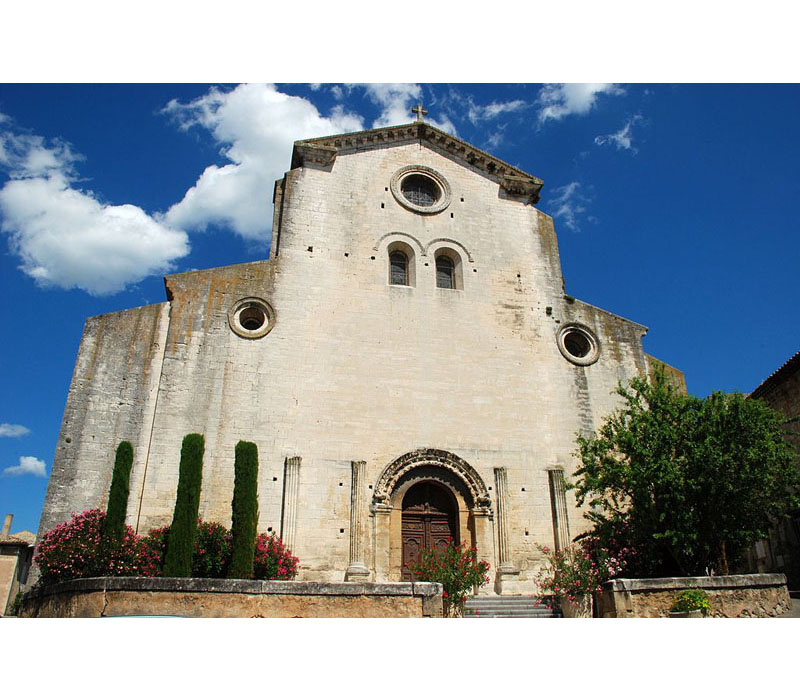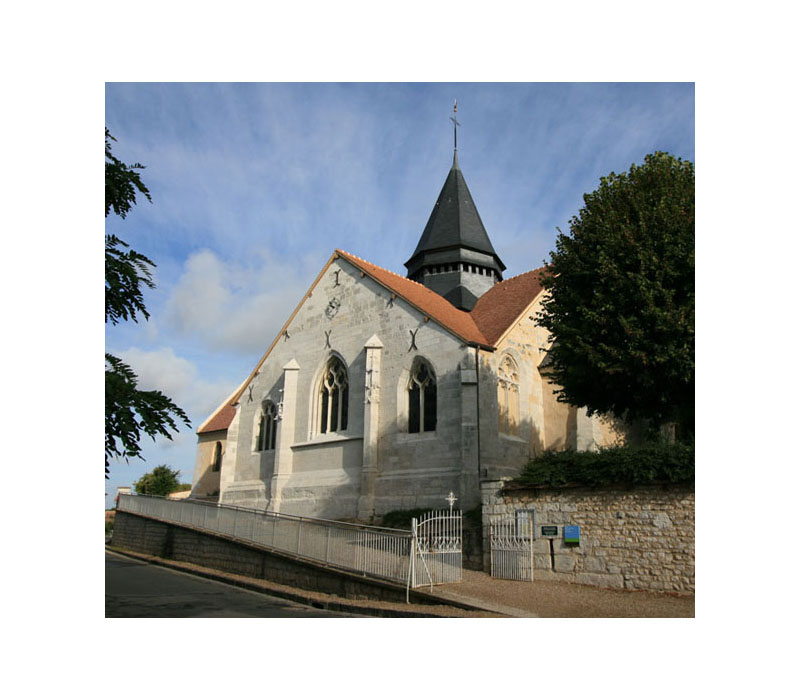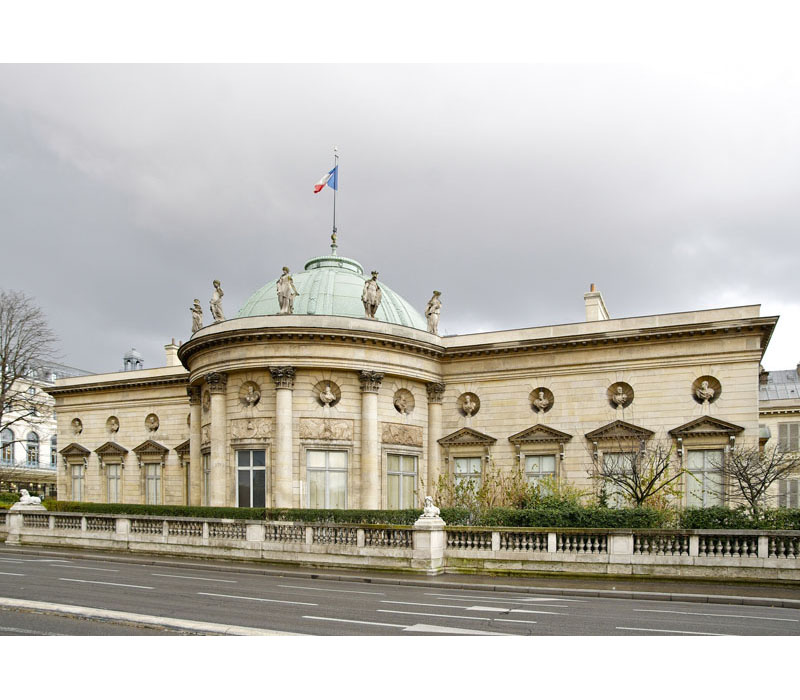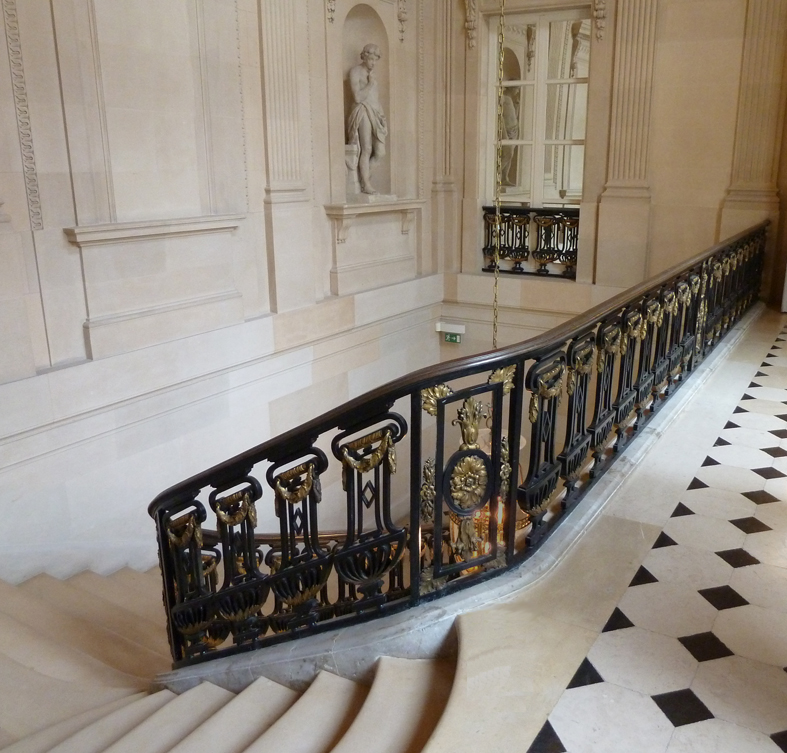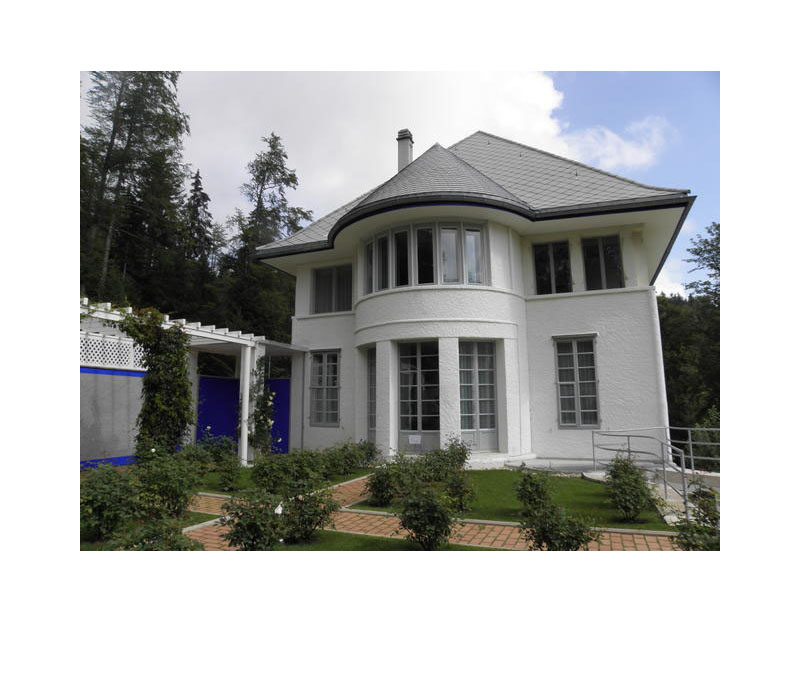The study of historical monuments concerns the study of some decorative art objects (tapestries, sculptures, paintings, etc.) as well the study of the architectural structure (murals, wall sculptures, railings, exterior coatings, etc.).
The broad range of techniques available in conservation science can be applied to the study of these historical monuments in a goal of authentication or, conservation: colourimetry, multi-spectral imaging, materials characterization, dating, climate studies, bacteriological, etc.
Conservation and preservation of historical monuments also pass through a better understanding of stone-based materials, coated or cements, murals, …
Direct dating of historical sites can also be performed thanks to the AMS-C14 technique (on beams, pillars, wooden sculptures), or dendrochronology (beams and wood materials).
- Sites analysed
Churches (Giverny, Ricey-Bas, St André de Mane, …), Abbayes (Chaise-Dieu, Tongres, Stavelot -Belgique-, …), Hôtel de Salm (Palais de la Légion d’Honneur, Paris), Stade Domitien (Place Navone, Italie), Site of Mogao (Chine), Site of Santa Elina (Brésil), Sites of Saulges RockArt caves (France), Sites of Quercy caves (France), Utah Canyon park (USA), etc.
- Publications
1) Smith D.C., Bouchard M., (2001): Analyse de pigments des peintures pariétales de Pergouset par Microscopie Raman in La grotte de Pergouset, Ed. Lorblanchet M., Daf, Paris, 174-180.
2) Pigeaud R. et al., Les pigments des grottes de la vallée de l’Erve (Mayenne, France) : étude préliminaire, MADAPCA – Paris, 16-18 nov. 2011, PALEO, n° spécial, 2014, 245-58.

